Bexhill or Bust 24 January 2011
The other day, early in the new year, I walked to the sea. Though Irving Berlin was playing in my head–“I joined the Navy to see the world, but what did I see, I saw the sea”–I was far removed from Tin Pan Alley and this was no regular jaunt to the water. Instead of take-the-Garden-State-Parkway-to-south-Jersey-park-the-car-in-a-lot-just-west-of-the-boardwalk, it was put-on-your-wellies-and-tromp-through-the-mud-wondering-if-you’ll-ever-see-the-sun-again. In other words, I was looking at the Atlantic from the other side of the pond.
I wasn’t actually wearing wellies; my snow boots were a necessary substitute given the blizzard that hit the UK just before Christmas. Nor was it the sea that inspired the walk. I’d already admired the Channel on this trip and had the distinct pleasure of encountering horses on the beach rather than the SUVs I’d expect to find in the off season at home.
While we had a fixed destination, what inspired the walk was the walking itself. Thoreau regarded walkers as “an ancient and honorable class.” Sauntering down country lanes, climbing over rustic stiles, marching across planted fields and open pastures–all on public footpaths–it was easy to believe we were engaged in Henry David’s “noble art.”
Thoreau claimed that he was unable to preserve his health and spirit unless he spent at least four hours a day a foot; my three hour walk was a vacation extravagance. That may be an overstatement since it was more accurately a busman’s holiday: this architectural historian was headed to Bexhill-on-Sea to see an icon of British modernism.
There was a whole lot of history to take in before we got there because our route was a spur of the 1066 Country Walk. We crossed the fields where the Battle of Hastings took place and admired the abbey that William the Conqueror built afterwards, supposedly on the exact spot where Harold II was cut down in battle. I remembered this scene from the Bayeux Tapestry.
Even without the fallen knights, it was pretty impressive.
.. .
……….
As we walked along I tried to figure out what I knew about the Norman Conquest before I saw The Norman Conquests, a BBC version of Alan Ayckbourn’s trilogy having been broadcast on PBS in 1980. Though the medieval battle is connected only eponymously to the drawing room comedy this was enough to prompt my teenage self to research the former in order to understand the pun of the latter. What could I have consulted in those pre-wikipedia days? The Encyclopedia Britannica would have required a trip to the library. My father’s copy of Kenneth Clark’s Civilisation seems more likely. This may be an entirely false memory, but I like the symmetry of one BBC TV show prompting me to look up something in a book based on another BBC TV show, particularly because at that point in my life my professional aspirations tended in the direction of network television programming.
Such thoughts were fleeting as we walked hill and dale; the pastoral landscapes were too distracting.
Like a Brit strolling through Tuscany in a Merchant Ivory picture, I wanted to proclaim truth and beauty beyond every copse. Happily our arrival on the outskirts of Bexhill brought such reveries to a conclusion before they became embarrassing. The subdivisions were as unlovely as the traffic was congested, but before too long we found ourselves on a wide street that led directly to the seafront.
The older resort buildings show the long influence of the Brighton Pavilion, thirty miles west and a century older than the one we’d come to see. After an £8 million restoration the De La Warr Pavilion looks as crisp and white as it must have on the day it opened in 1935. Some might find the Serge Chermayeff and Erich Mendelsohn design a little too doctrinaire, but this is my kind of wear it on your sleeve modernism.
………………………………………………………..
From the curtain wall to the cantilevered stairs to the ribbon windows to the piloti to the burnished chrome plating, the building bristles with architectural optimism.
>>>>>>>>>>>>>>>>
In the 1930s this was meant to be a bright spot in the Depression decade. In the 2010s it still seems to work that way, though maybe it was just how the pavilion looked in the sun. After walking eight miles in the gloom, the clouds parted as we reached the water, adding a bit of contrast to my flat photographs and a bit of dazzle to my first impressions.
Bexhill, it turns out, gets four more hours of sunshine per week than other seaside towns–or so the local tourist bureau claims.
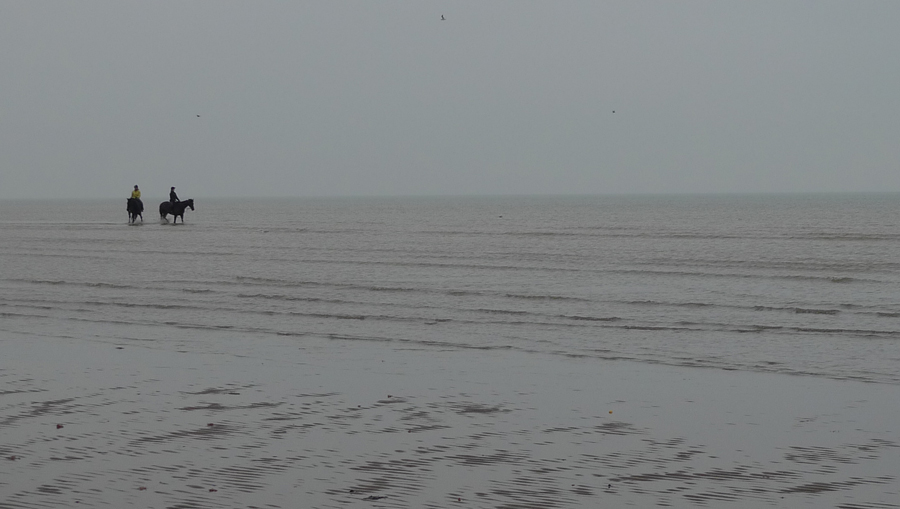
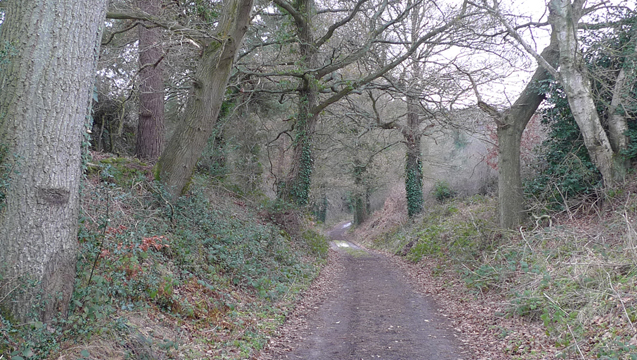
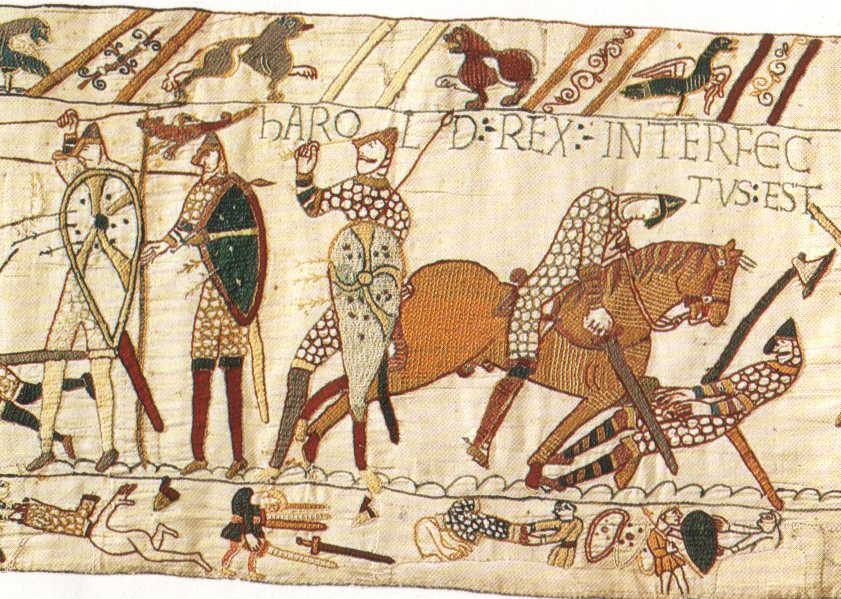
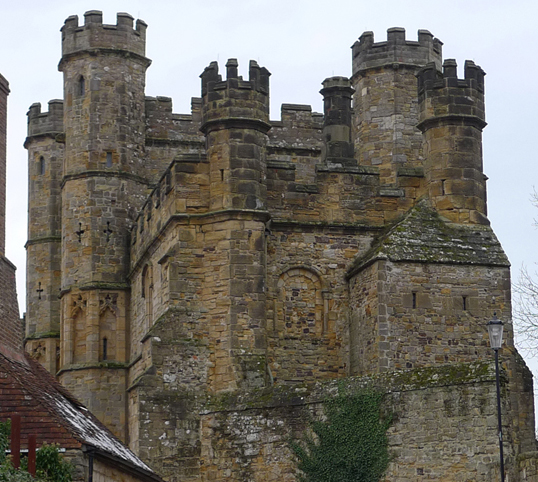
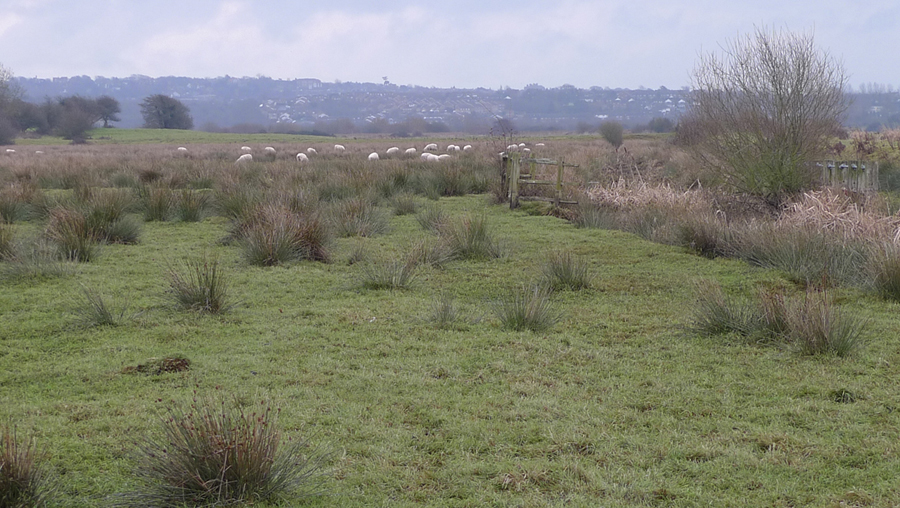
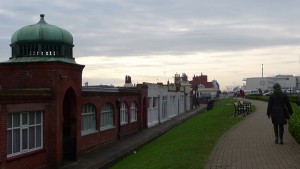
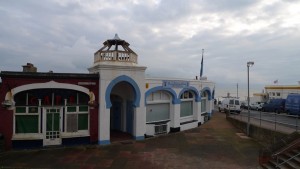
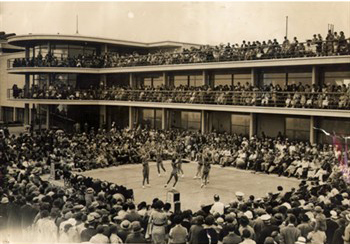
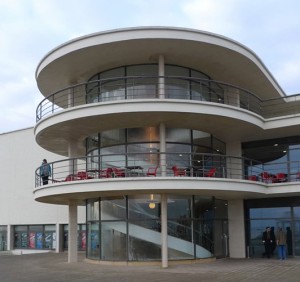
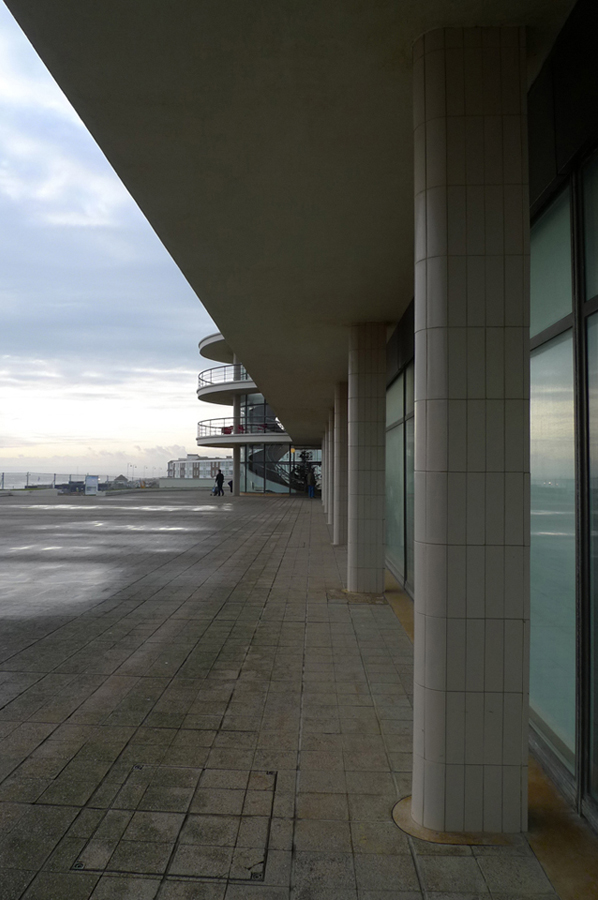
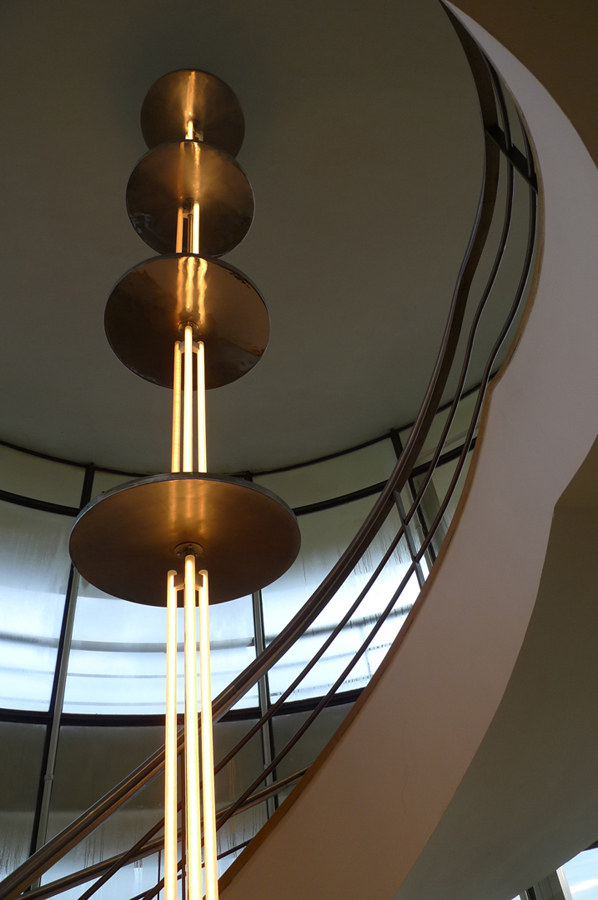
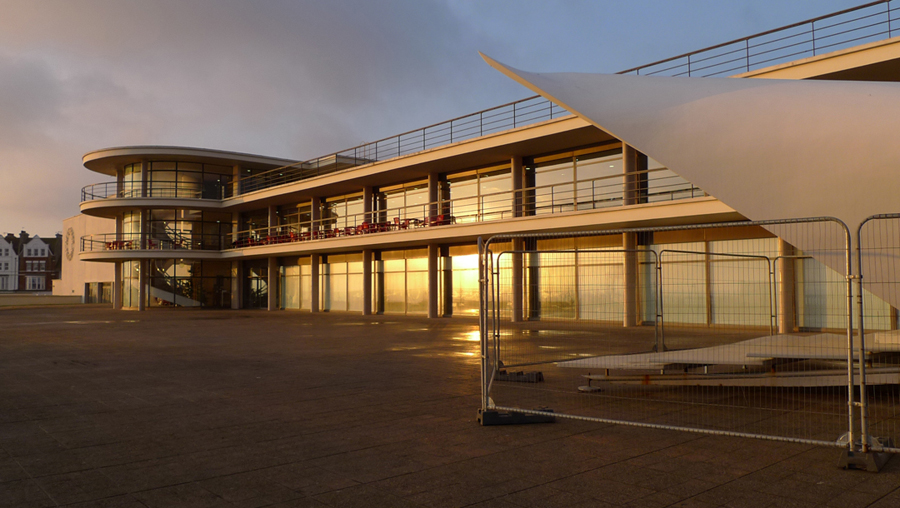

Leave a Reply
You must be logged in to post a comment.